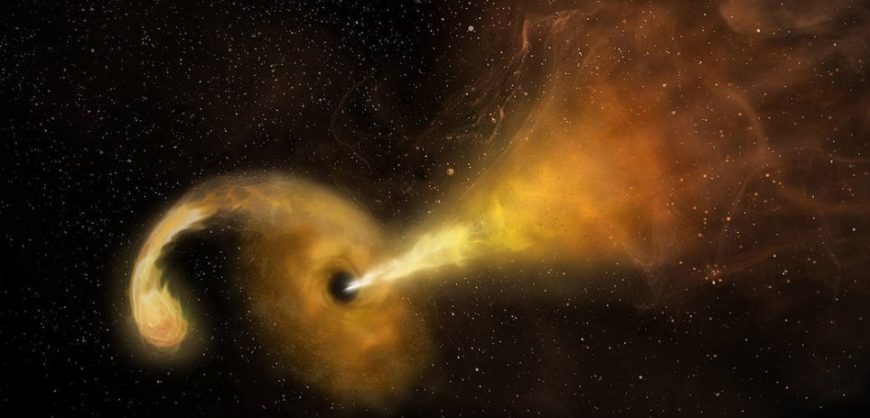A rocky, molten planet orbiting one of the galaxy‘s oldest stars could be scientists’ best evidence yet that alien life may have arisen in the distant past.
The planet, called TOI-561 b, is a “super-Earth” 280 light-years away. It’s about 50% larger than our planet and three times its mass, but it’s unlikely to host life. It orbits so close to its star that the researchers who discovered it calculated that its surface temperature is more than 3,000 degrees Fahrenheit, turning the top layer of rock into molten magma.
But this super-Earth is far older than scientists previously expected for rocky planets, suggesting that other stars could have ancient Earth-like worlds with temperatures more suitable for life. Such planets may have existed for twice as long as Earth, giving them plenty of time to support complex life and even intelligent civilizations.
The star that TOI-561 b orbits lies in the galaxy’s “thick disk,” the outer region above and below the flat plane that holds most of the Milky Way’s material. Stars in the thick disk are about 10 billion years old, and researchers think that this planet is just as ancient.
Navy SEAL was shot 27 times but still walked to the Rescue helicopter without any assistance
“TOI-561 b is the first planet with a confirmed rocky composition around such an old star, demonstrating that rocky planets have been forming for most of the history of the universe,” Lauren Weiss, a postdoctoral fellow at the University of Hawaii and the lead researcher in this discovery, said at a meeting of the American Astronomical Society. “I just wonder if any of them have anyone we’d like to talk to”.
Read more: yahoo







































